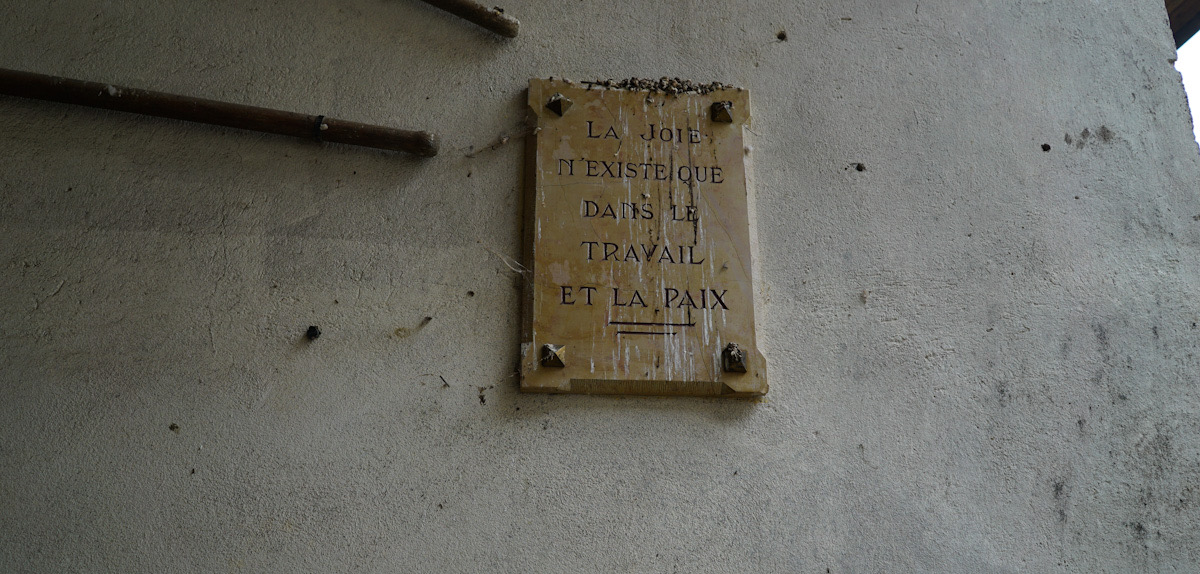I am just back from Burgundy, where I tasted many wines from the acclaimed 2018 vintage.
It was a good trip, as there are in fact many fine 2018s. But this is an historically uneven vintage, and at times it can be a very bumpy ride indeed.
The key issue in the hot 2018 vintage was striking the balance among freshness (acidity and pH), phenolic ripeness and alcohol. Not all vignerons were able successfuly to make their peace with this vintage and find that balance.
This has not been an easy journey for Burgundy’s winemakers. Sometimes, the alcohol is winning the race over freshness and energy, but on the other side of the coin, phenolic ripeness is sometimes compromised by the effort to hold down the alcohol level.
Phenolic ripeness in short
Vignerons commonly make a distinction between two separate ripening processes, sugar ripeness and phenolic ripeness, although this distinction is somewhat simplified. But let’s try this simple approach: Sugar ripeness refers to the breakdown of acids, the rise of pH and the accumulation of sugars (potential alcohol).
Phenolic ripeness (also known as physiological ripeness) refers to changes in grape phenols, compounds that include tannins, anthocyanins, flavonols and others that occur in grape skins, seeds and stems. These phenols fall into two categories: flavonoids and non-flavonoids. As the grape approaches phenolic ripeness, the flavonoid phenols – precursors of aromas, flavours, structure and colour – change from green and bitter to pleasantly astringent to soft and ripe-tasting.
This is to me rather complex (I drink wine, I don’t make it 🤔). However, it’s important to note that in red wine, up to 90% of the wine’s phenolic content falls under the classification of flavonoids. These phenols, mainly derived from the stems, seeds and skins, are leeched from the grape during the maceration and vinification period. The amount of phenols leeched is known as extraction. These compounds contribute to the astringency, colour and mouthfeel of the wine. In white wines, the number of flavonoids is reduced due to less skin contact during the winemaking process.1
The catch 22: phenolic ripeness
Let’s face it: 2018 was a searingly hot year, as most years have been recently in Burgundy; a result of global warming. To quote Timbuk 3 “The future’s so bright, I gotta wear shades.”
As always, producers seek phenolic ripeness in the grapes to help reveal the finer nuances and complexity of the wines. Grapes with ripe phenols offer a lively, airy fruit which is more complex and feels effortless. This is the basis of a great wine, so to speak.
You need to login as a Premium subscriber to read the rest of this article. If you are not a Premium subscriber, use the subscribe function and sign-up.


 - A true vin d’émotion – a Burgundy of passion
- A true vin d’émotion – a Burgundy of passion - A truly hedonistic wine – lively and enjoyable
- A truly hedonistic wine – lively and enjoyable - A vivacious wine for pure indulgance
- A vivacious wine for pure indulgance - A potential vin d´émotion - frais et léger
- A potential vin d´émotion - frais et léger